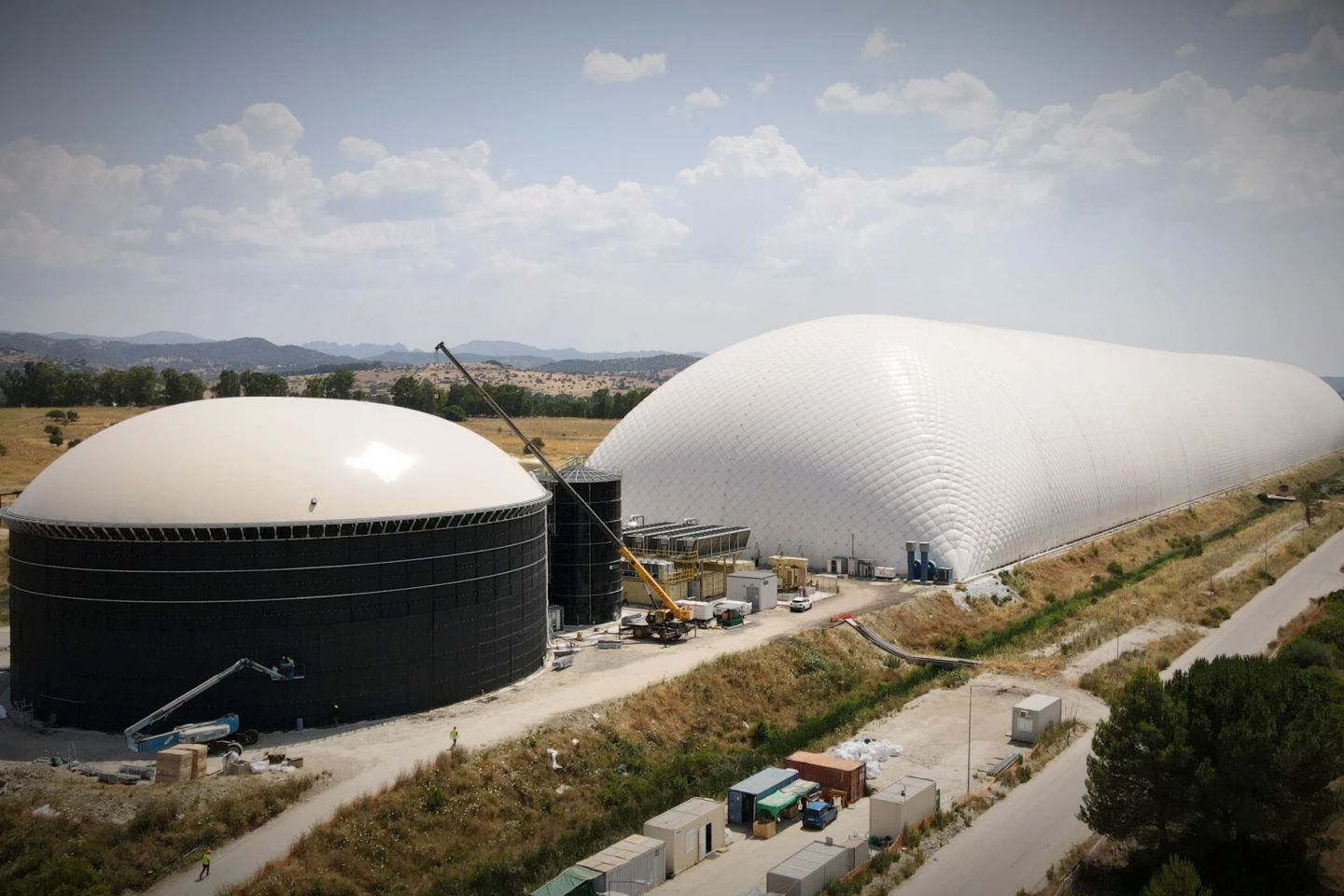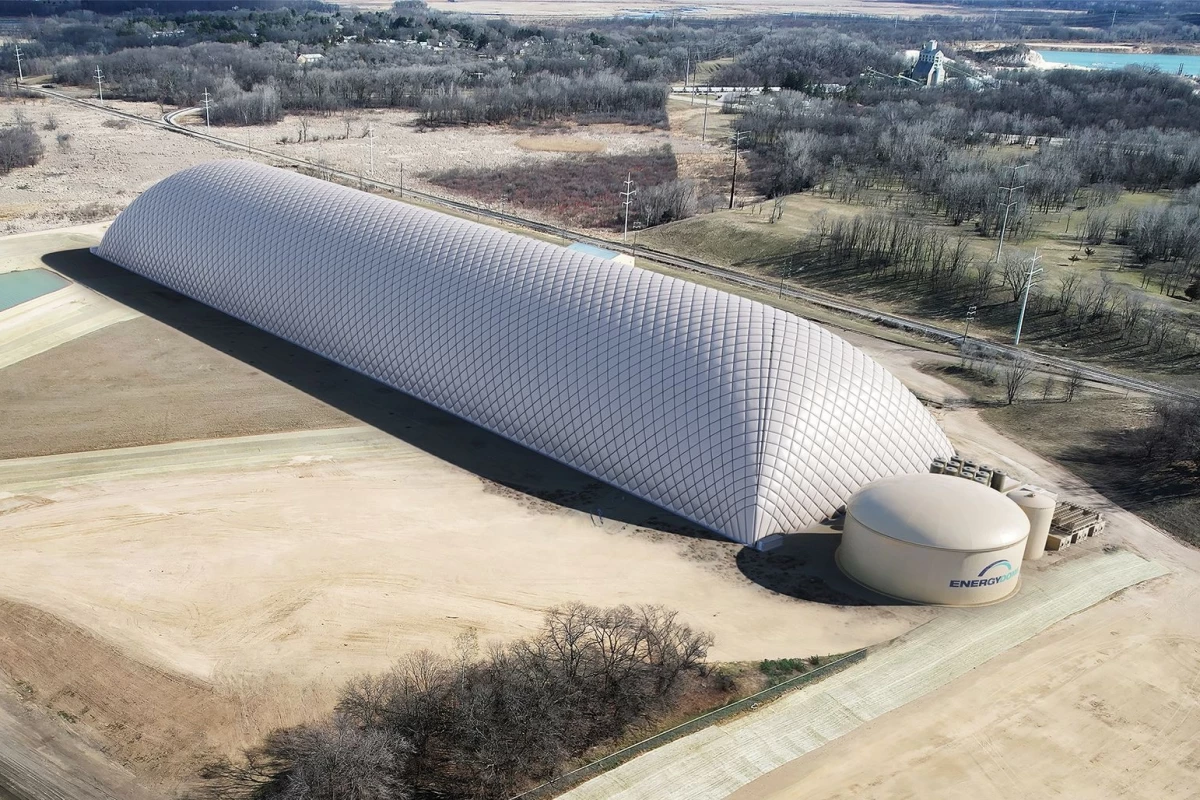Carbon dioxide doesn't normally get a good rap in terms of eco-friendly energy production. But a new partnership forged by Google will see the greenhouse gas used inside a giant battery to manage and stabilize grid energy produced by renewable sources.
Google says that the partnership with Italian energy company Energy Dome will allow it to employ long duration energy storage (LDES) solutions at its clean energy projects around the world. Such storage solutions are necessary because wind and solar can be fickle energy producers, with significant fluctuations in the flow of electrons depending on climatic conditions. Batteries linked to these facilities can be used to store power when the sun is shining or the wind is blowing and then release some of that stored energy when the weather changes.
The problem is that lithium-ion, one of the current gold standards for grid-scale battery storage, can only store energy that can be dispatched about four hours at a time. While that can help in a pinch, it's not ideal for longer wind and solar disruptions.
Enter the Energy Dome. This solution consists of a large, sealed facility in which a big dome holds carbon dioxide gas (CO2). When there is excess energy being produced by turbines and solar power, the CO2 is compressed into a liquid that is stored. When the grid needs more energy, that liquid is converted back into a gas, and that process spins a turbine. Google says it's akin to steam being released from a pressure cooker. After the liquid is converted back to a gas, it is stored in the dome so that the process can be repeated as needed.
Google says the battery system can feed completely clean energy into the grid for up to a full 24 hours, a significant improvement over lithium-ion based solutions.
Energy Dome itself has already proven its chops through a 20-MW-200-MWh commercial plant in Italy.

"LDES, which Energy Dome is leading with its CO2 Battery, has the potential to commercialize much faster than some of the other advanced clean energy technologies in our portfolio," said Google in a statement about the partnership. "This means we can use it in the near term to help the electricity system grow more flexibly and reliably, alongside other tools we’re developing, such as data center demand response."
While Google has only just announced the partnerships and not the specifics of deployment, Energy Dome has said the tech giant has also made an investment into the company itself. The details of that investment have also not been released at this time.
"Google is committed to powering our operations with clean energy, and Energy Dome’s technologically proven and scalable long-duration energy storage solution can help us unlock rapid progress," concludes Maud Texier, director of EMEA Energy at Google. "But this isn’t just about Google. By helping to scale this first-of-a-kind LDES technology, we hope to help communities everywhere gain greater access to reliable, affordable electricity and support grid resilience as we integrate more renewable energy sources."
Sources: Google, Energy Dome






